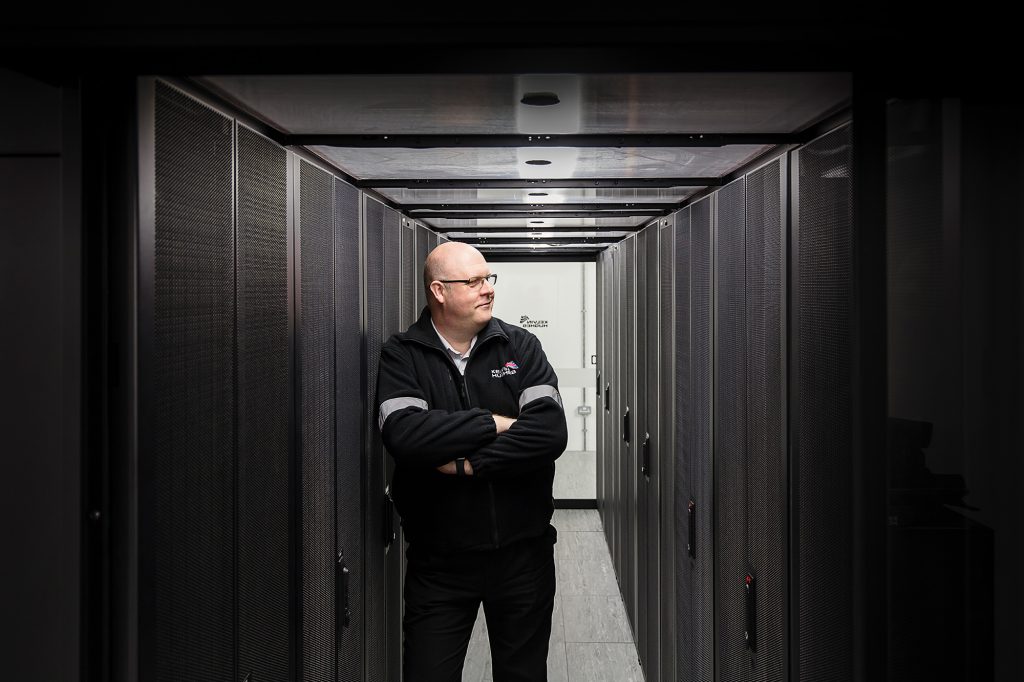
Shira Kadmon, Programme Manager, Qwilt
With content consumption surging at breakneck speed, the need for secure, reliable and highly-scalable content delivery has never been more vital. Streaming video usage has surpassed conventional broadcast TV in numerous areas, while emerging applications like gaming, software downloads, and immersive experiences are swiftly expanding online, intensifying the demands on Internet Service Provider (ISP) networks. Despite the complexities, consumers expect that the networks that carry their content will be able to deliver it seamlessly, handling whatever is encountered – including internet traffic jams – without compromising quality.
Historically, congestion during high-traffic events such as live sports or major show premieres has not resulted from Origin server capacity but rather more due to challenges in internet exchanges and ISP network capacity. Service providers are often wrongly accused when viewers are unhappy with their streaming experience. When the ‘internet is slow’, the blame tends to be thrown at the door of the ISP. Although the actual cause might be further up the internet delivery chain, the ISP, unfortunately, often gets the blame.
As viewers have become savvier and more demanding, content providers are more focused on delivery quality than ever before. To this end, many media companies enlist the help of multiple CDNs that act as intermediaries to provide reach and capacity for streaming content delivery. However, not all CDNs are equal in terms of performance. The most transformative are based on an Open Edge Caching architecture and business model that unlocks new possibilities for content delivery at the network edge.
Open caching 101
So, how does the technology work? Open caching delivery nodes are deeply embedded in the service provider’s edge network. Then, a single live-speed stream is fed to each edge node, which then delivers a unicast stream to every end user who wants to watch the event. With the millions of unicast streams needed for a massive live event originating from edge servers, downstream of peering and exchange points and the network core, this approach leads to substantial traffic reduction for the service provider. As the stream originates closer to the end user, bypassing network congestion, there is an enhancement in the quality of experience. This new model is a win-win scenario for all parties involved.
Currently, over one billion subscribers are benefiting from this innovative solution. Qwilt and Cisco have helped telcos such as Airtel in India, the National Content and Technology Cooperative (NCTC) in the US (a federation primarily composed of 100s of regional ISPs), and major carriers like BT and Verizon who have successfully integrated open caching into their networks.
Beyond the streaming universe
The benefits of open caching technology extend beyond streaming media, offering the potential to make a big impact in security, networking, collaboration, IoT and immersive digital experiences. With its diverse applications, open caching is positioned to play a pivotal role in the future of streaming media and far beyond, allowing ISPs to deliver content more efficiently while keeping in step with the evolving preferences of their subscribers.
Unlocking ISP potential through the edge
End-to-end content delivery over the internet has historically been left to the somewhat uncoordinated actions of multiple actors, from the broadcaster through content distribution networks, across peering and exchange sites, and finally down the last mile across ISP networks to viewers’ homes. Open caching helps to unify many of these disparate elements. As it approaches the milestone of serving its second billion subscribers, its popularity is surging, especially with the emergence of high-bandwidth-consuming applications such as virtual reality (VR), 360° video, and the potential development of the Metaverse.
The escalating demand for high-speed broadband to support high-quality digital experiences of all kinds is driving ISPs across the globe to embrace open caching as the optimal architecture and business model for content delivery. Today and beyond, the open edge will be the launchpad for what’s next.












